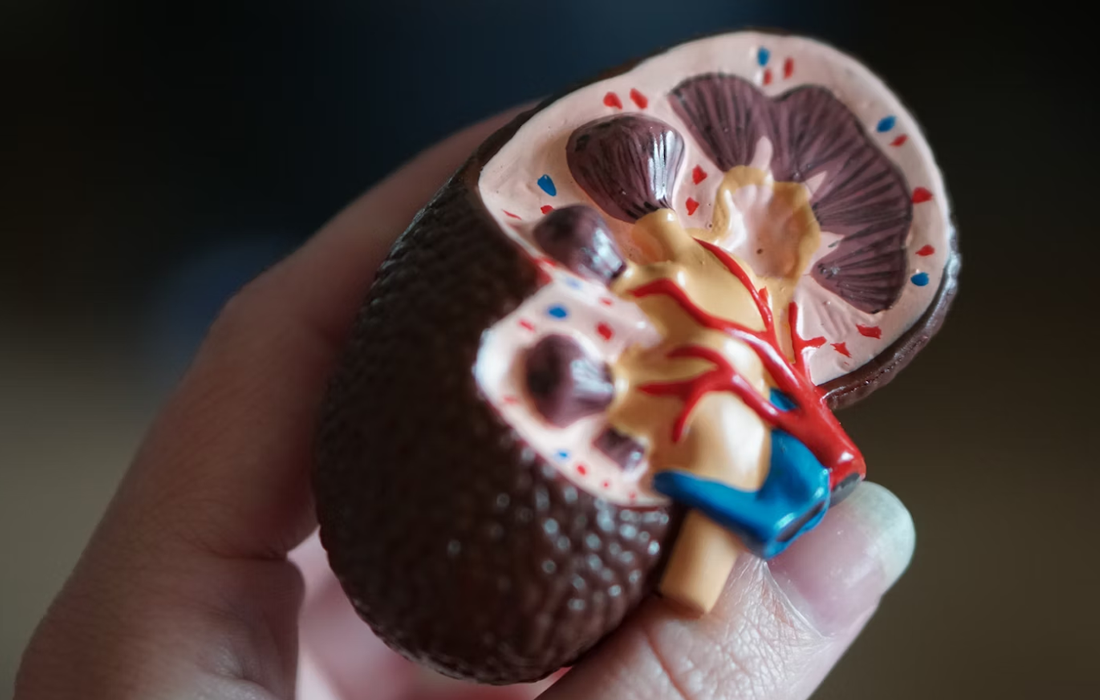Regenerative Medicine News and General Information
Artificial Kidney Instead of Dialysis?
Scientists at UC San Francisco are working on a new approach to treating kidney failure that could one day free people from needing dialysis or having to take harsh drugs to suppress their immune system after a transplant.
They have shown for the first time that kidney cells, housed in an implantable device called a bioreactor, can survive inside the body of a pig and mimic several important kidney functions. The device can work quietly in the background, like a pacemaker, and does not trigger the recipient’s immune system to go on the attack.
The findings, published in Nature Communications on August 29, 2023, are an important step forward for The Kidney Project, which is jointly headed by UCSF’s Shuvo Roy, PhD (technical director) and Vanderbilt University Medical Center’s William H. Fissell, MD (medical director).
Eventually, scientists plan to fill the bioreactor with different kidney cells that perform vital functions like balancing the body’s fluids and releasing hormones to regulate blood pressure — then pair it with a device that filters waste from the blood.
The aim is to produce a human-scale device to improve on dialysis, which keeps people alive after their kidneys fail but is a poor substitute for having a real working organ.
More than 500,000 people in the U.S. require dialysis several times a week. Many seek kidney transplants, but there are not enough donors, and only about 20,000 people receive them each year. An implantable kidney would be a boon.
The team used a type of kidney cell called a proximal tubule cell, which regulates water, as a test case. Co-author H. David Humes, MD, from the University of Michigan, had previously used these cells to help dialysis patients in the intensive care unit with life-saving results.
The team tracked the kidney cells and the recipient animals for seven days after transplantation and both did well. The next step will be month-long trials, as required for by the U.S. Food and Drug Administration (FDA), first in animals and eventually in humans.
Sources:
Eun Jung Kim, Caressa Chen, Rebecca Gologorsky, Ana Santandreu, Alonso Torres, Nathan Wright, Mark S. Goodin, Jarrett Moyer, Benjamin W. Chui, Charles Blaha, Paul Brakeman, Shant Vartanian, Qizhi Tang, H. David Humes, William H. Fissell, Shuvo Roy. Feasibility of an implantable bioreactor for renal cell therapy using silicon nanopore membranes. Nature Communications, 2023; 14 (1) DOI: 10.1038/s41467-023-39888-2
University of California – San Francisco. (2023, August 29). Can an artificial kidney finally free patients from dialysis?. ScienceDaily. Retrieved August 29, 2023 from www.sciencedaily.com/releases/2023/08/230829125942.htm
Image from: https://unsplash.com/photos/sRXCFkJahGk

